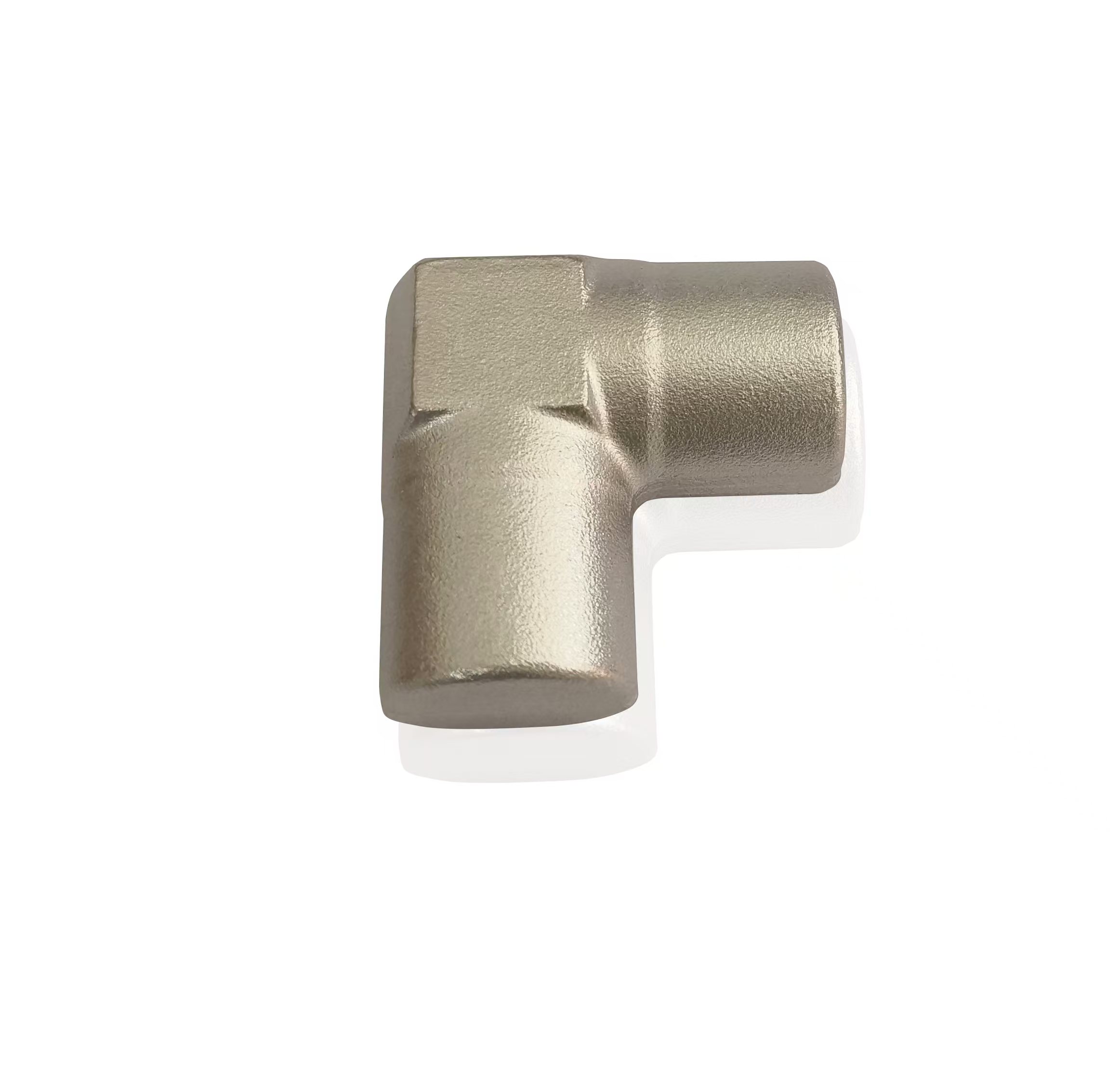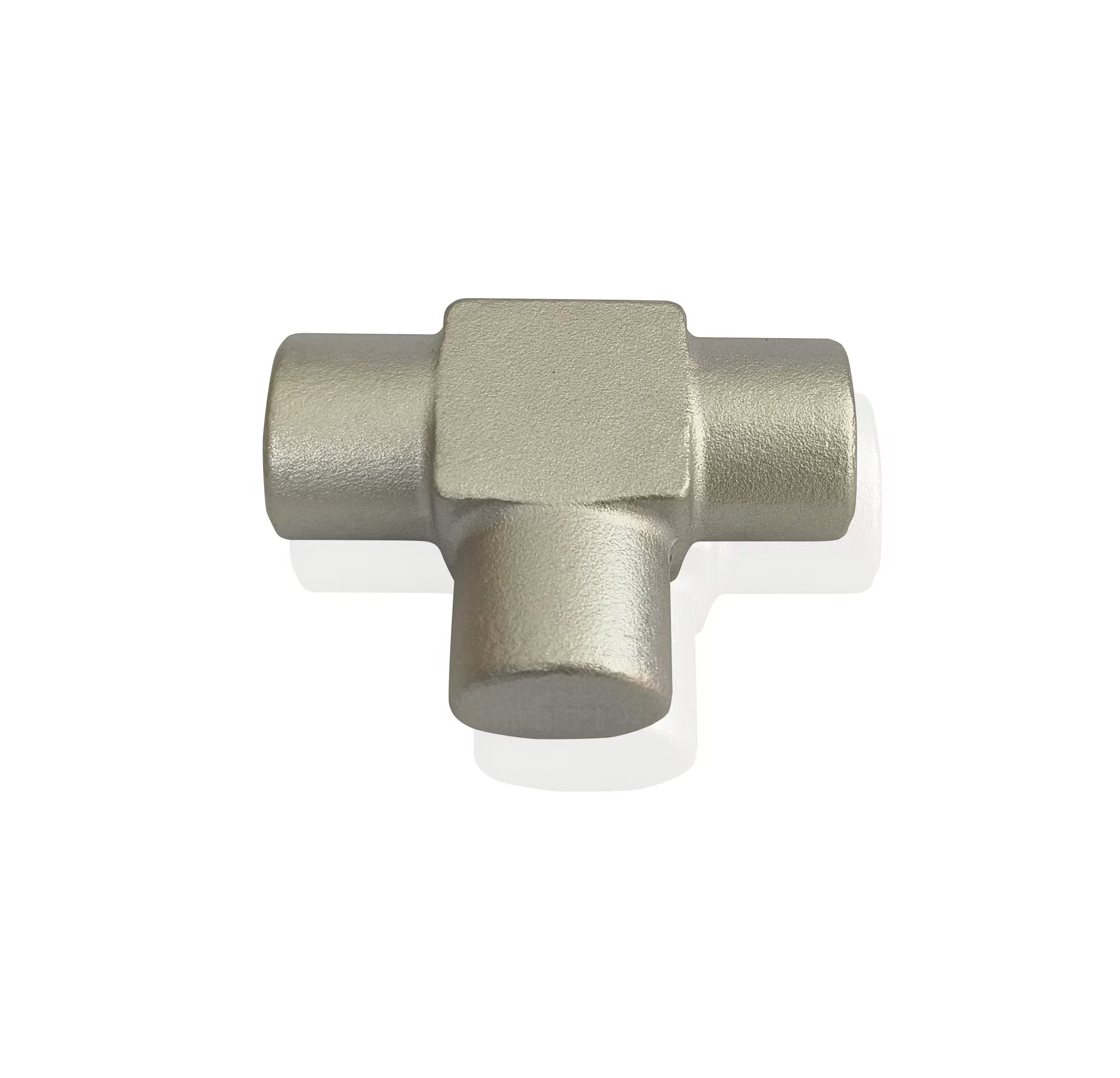Understanding the Material Composition of Intermediate Gears for Superior Performance
 2025.01.07
2025.01.07
 Industry news
Industry news
Gears are not just simple components; they are the driving force that ensures smooth and reliable operation of industrial machinery. Therefore, selecting the right material for intermediate gears is essential for maximizing both the lifespan and the performance of the intermediate gear.
Intermediate gears are subjected to significant mechanical stress, which can include high rotational speeds, extreme torque, and varying temperature conditions. The material chosen must be able to withstand these stresses without failing or causing excessive wear. For this reason, the two most common materials used for these gears are steel alloys and cast iron, though more advanced materials such as stainless steel or specialized composite alloys may be chosen for specific applications. Steel alloys are often favored for their excellent combination of strength, hardness, and fatigue resistance. Steel gears, particularly those made with carbon steel or alloy steel, can handle very high loads, maintain their shape over time, and exhibit minimal deformation, even in harsh conditions.

The key to ensuring that the intermediate gear performs well under heavy loads lies in the choice of alloy composition and heat treatment processes. Materials with a higher carbon content, such as case-hardened steel, allow for increased surface hardness, which improves the gear’s ability to resist wear and fatigue. On the other hand, ductile iron, which offers a high degree of toughness and impact resistance, can be used in cases where resilience against shock loads is more critical than ultimate hardness. Cast iron, though generally softer than steel, can still be a suitable option for gears in less demanding applications, providing an excellent balance of cost-effectiveness and longevity in mid-range workloads.
The effect of material composition on performance under heavy loads is also closely tied to heat treatment methods like quenching and tempering, which enhance the hardness and wear resistance of the gear surface while preserving toughness in the core. These treatments create a tough outer layer that resists surface pitting and scoring, two common problems when gears are subjected to high torque. Over time, the material’s ability to maintain its integrity without becoming brittle under pressure is vital for the gearbox to function without unexpected failures.
Furthermore, the use of stainless steel is gaining traction in specific industries that demand higher corrosion resistance, particularly in harsh environments like chemical plants or sewage treatment facilities. Stainless steel offers excellent resistance to oxidation, rust, and corrosion, thus ensuring that intermediate gears continue to perform reliably in environments with fluctuating humidity or exposure to aggressive substances. The combination of its inherent strength, corrosion resistance, and ability to endure high temperatures makes stainless steel an ideal choice for high-performance gear applications.
The material composition of the intermediate gear is a cornerstone of its performance, directly influencing its ability to handle heavy loads, maintain its shape under stress, and resist wear and corrosion over time. Whether the material is a high-strength steel alloy, durable cast iron, or advanced stainless steel, each brings distinct advantages suited for different operational demands. The right choice ultimately depends on the specific conditions and performance criteria required, ensuring that the intermediate gear contributes to the long-term efficiency and durability of the gearbox in its intended application.




















